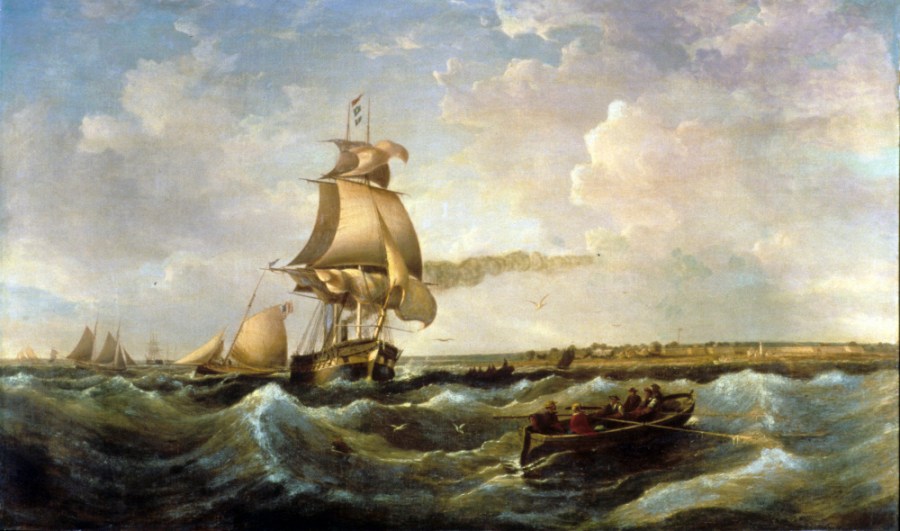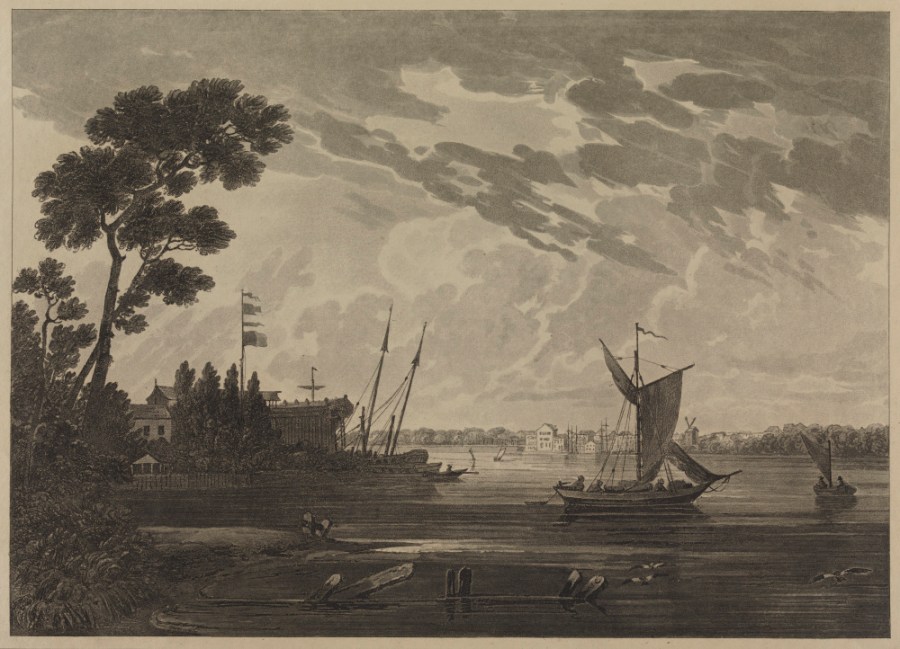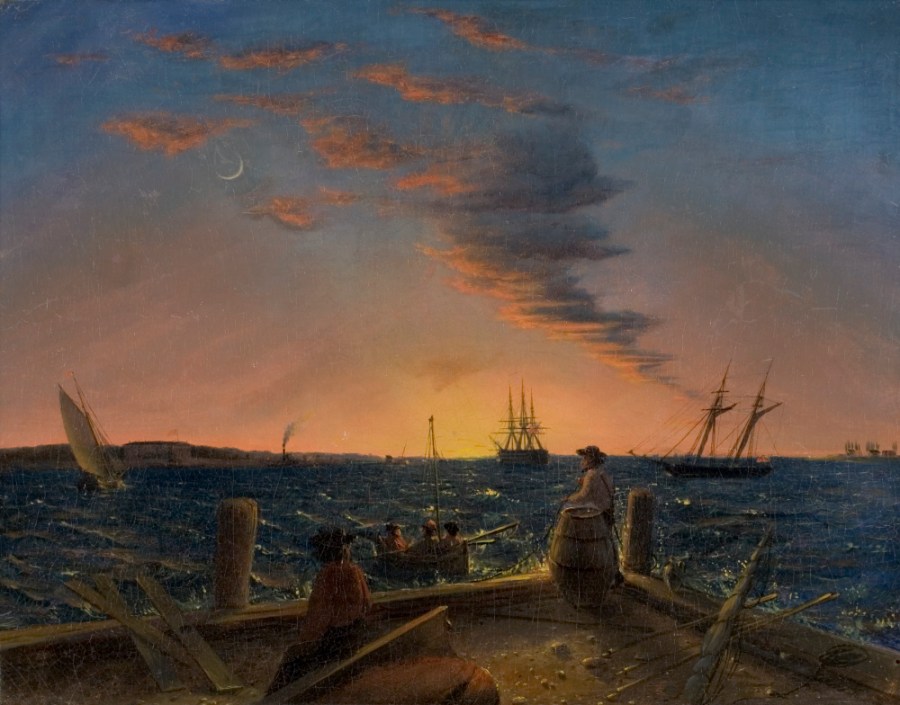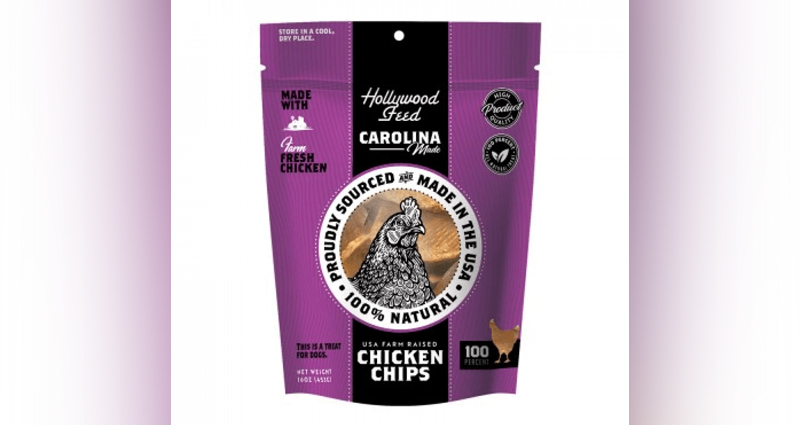NORFOLK, Va. (WAVY) – Romanticized in art and whitewashed in history, an atrocity within the atrocity of slavery has been exposed.
While researching the Underground Railroad, Norfolk State University Historian Cassandra Newby-Alexander learned there was a slave jail in Norfolk.
“A lot of the people who were orchestrators were based right here in Norfolk,” said Newby-Alexander.
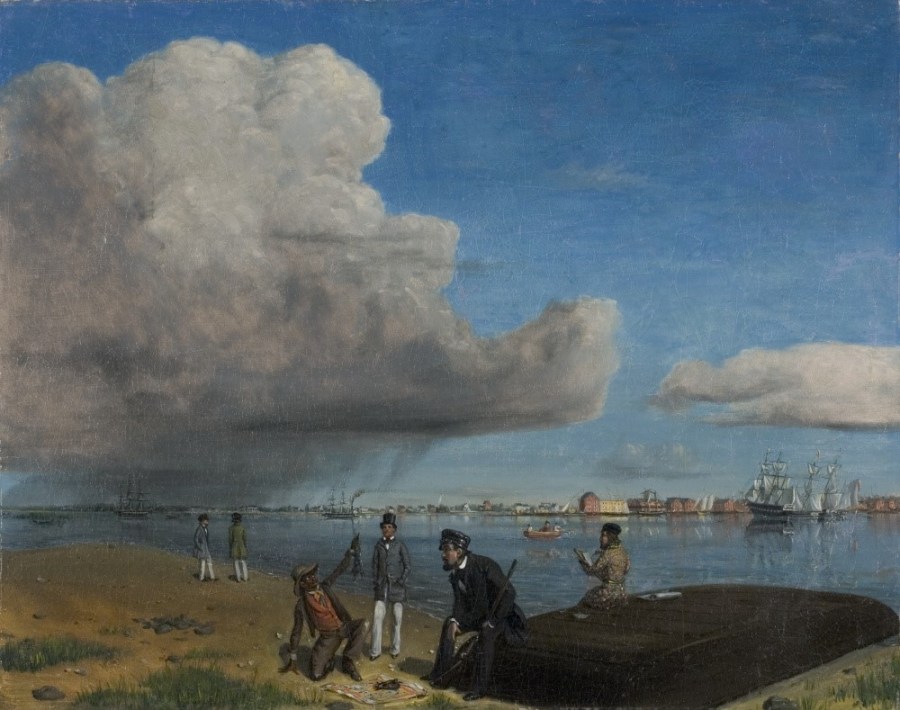
She turned to Norfolk Public Library Special Collections Librarian, Troy Valos, who uncovered that Norfolk actually had three privately operated slaves jails on what is now green space near St. Paul’s Boulevard, Main Street, and Waterside Drive.
His research also proved Norfolk police of that era profited from holding, chasing, and abusing slaves.
“With some of the jails, with John Caphart, he would sell his services as one to do the punishments for the slaves. He would actually sell his services to be the punisher. His day job was Norfolk police officer, but as a side gig he and his superior ran the [Elias] Guy and [John] Caphart Jail,” said Valos.
By 1800 Virginia had more slaves than it needed for a shrinking agriculture industry. Fifty years later, Norfolk took the lead in a massive legalized human trafficking industry. 250 trips were made to transfer slaves from the Norfolk area, North Carolina, and as far as what is now West Virginia to the port of New Orleans.
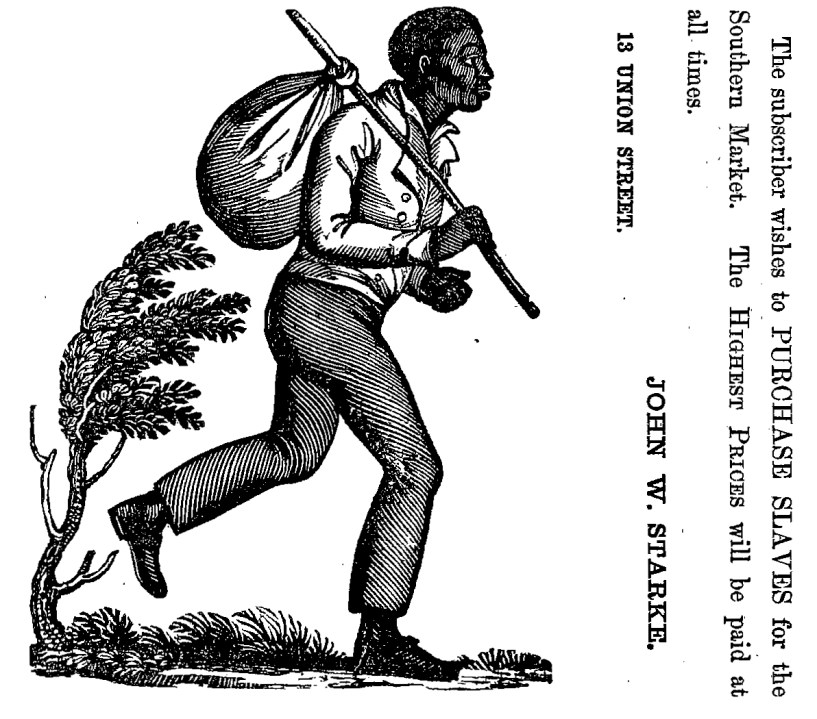
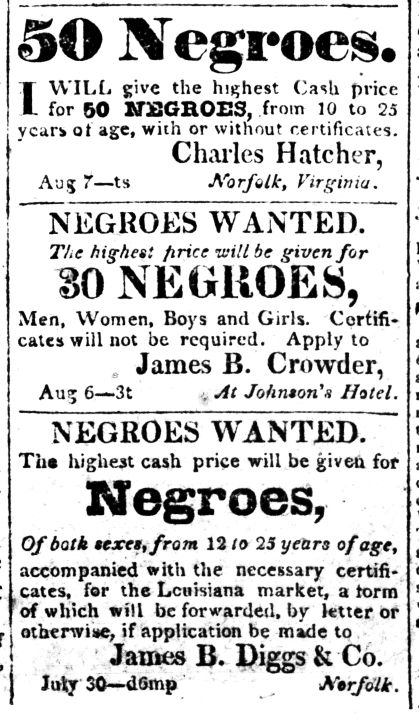
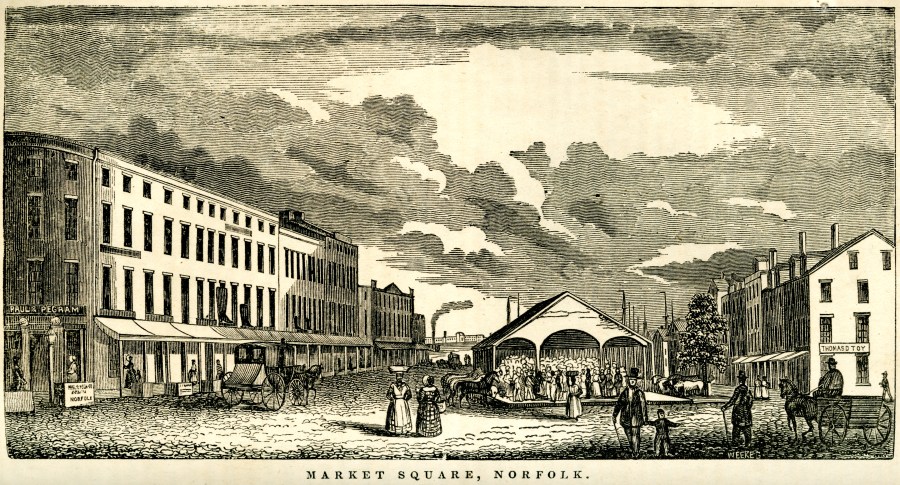
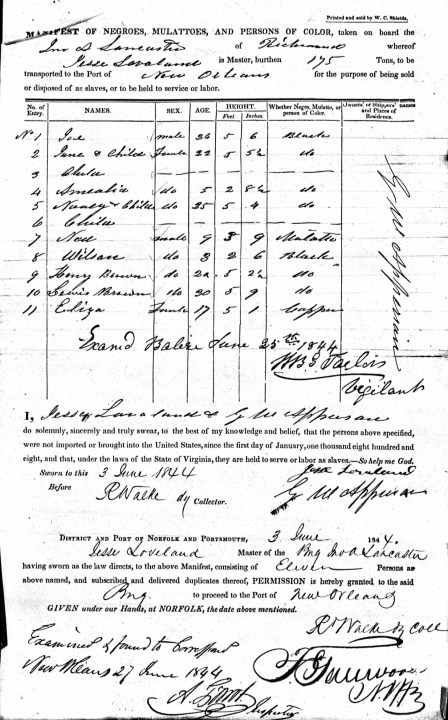
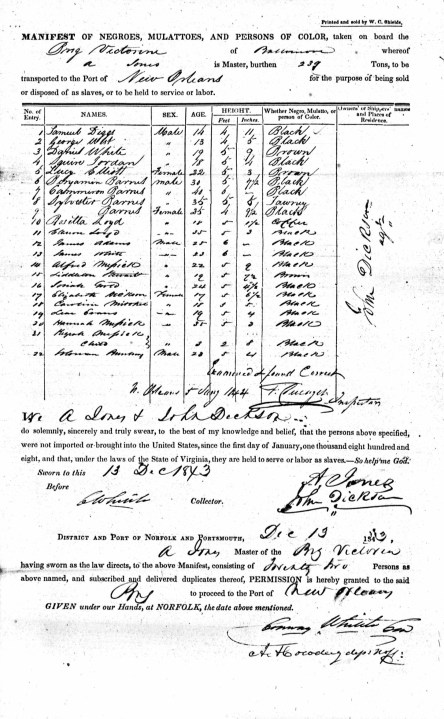
“They would put ads in the paper; especially with the slave traders they would put a continual ad; they would say ‘Come see me, I want to buy slaves.’ Usually, you would see ‘Cash for Negroes men, women, and children of all ages,'” said Valos.
Augustus Ugurlu, an 18-year-old junior from the Roadstead Montessori High School in downtown Norfolk, is among a dozen Roadstead students who assist with the research every Monday afternoon at the Slover Library in Downtown Norfolk. The restored library building is just steps from some of the sites where the domestic slave trading industry would eclipse domestic slave trafficking in Richmond, Alexandria, and Baltimore.
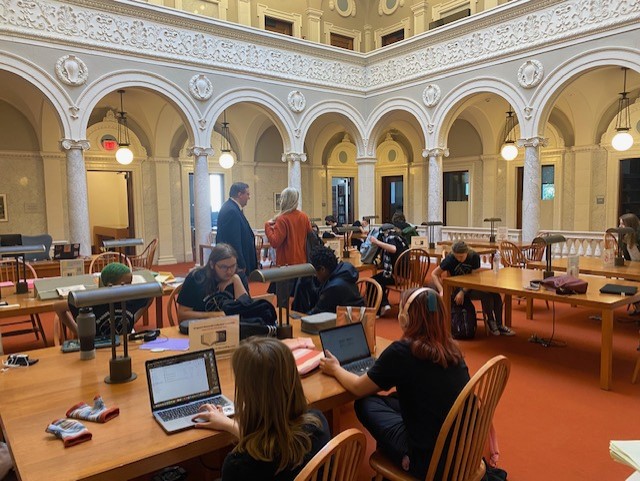
“I don’t understand why you need somebody 95 years old, four years old, to two years old. I can’t explain it,” said Ugurlu.
Students from Roadstead Montessori High School are deciphering the names on ship manifests while students from Norfolk State University and Gillian Hardy, a graduate student from Old Dominion University, are examining New Orleans notary records.
“I think when you put it together with these ship manifests that the high schoolers are working on and put all that data together, you can see an actual individual person that you are looking at,” said Hardy.
Students from Hampton University have also joined the effort, to determine the role men and women on the Peninsula played in a massive legalized human trafficking operation.
NSU historians say records that have been digitized in recent years have found a missing link in the African Diaspora. Dr. Stephanie Richmond is an Associated Professor of History at NSU.
“All these people have expanded out and have lost that knowledge of where their families originated,” said Dr. Richmond.
Historians believe genealogical evidence will bring together the families the Port of Norfolk tore apart.
“We call this part of reparative genealogy, but it’s also reparative public history that we bring back pieces of the past that are very painful. Our society and culture must face its past and must reckon with it. It must repair the breach, the breach of our lives,” said Dr. Newby-Alexander.
Slave Trade Era Art
The Chrysler Museum has oil paintings that depict the slave era in Norfolk, Virginia. The museum provided several images of the paintings. You can view in the slideshow above.
Locals Involved in Domestic Slave Trade
- Elias Guy – City Night Watch (police) Division officer, who with his partner and deputy John Caphart, owned a private slave jail and appears to have specialized in fugitive slave recovery. Their slave jail was behind the primary hotel, French’s and later National, of early 1800s Norfolk.
- John Caphart – City Night Watch Deputy, who with his boss and partner Elias Guy, owned and operated a private slave jail. Caphart focused on offering his services to punish slaves for local owners and specialized in recovering fugitive slaves.
- George Washington Apperson– Owned a slave jail
- William W. Hall – Owned a slave jail
- Moses Myers (His house is now a museum in Downtown Norfolk) – Customs officials who processed slave shipments
- Frederick Myers – Shipping agent who processed slaves
- Vickery family – Shipping agents
- Drummond family – Owned a plantation called Ghent and part owners of a slave ship
- Boush family – Ship captain and slave owners. Highly probable there is a direct relationship to Samuel Boush.
- John Cornick – Ship captain and plantation owner in Princess Anne County.
- John J Whitehurst– Slave trader
- Nash family – Auctioneers
- Bilisoly Familiy relations – Connected to Bartholomew Accinelly and Stephen Peillon who were slave traders
- Saunders family ( Pembroke area) – Ship captain and shipping agent.
** This list was provided by Norfolk Public Library Special Collections Librarian Troy Valos. There are many others not listed.
The Epitaph of the River
Hear the full score: “The Epitaph of the River” composed and performed by Norfolk State University Assistant Director of Choral Activities, Terry Butler.

NEW Historical Norfolk Tours
The Urban League launched a Black History Month Norfolk Tour that included the sites where slaves were sold downriver.
The Norfolk Historical Society is launching a new walking tour to include slave trade points of interest. Those tours could begin this spring.
Ship Manifests
Review ship manifests to see the names of those who were sold to buyers in the New Orleans market. Each manifest includes the name of the vessel, its ports of departure and arrival, dates of certification by the collector of customs (or surveyor), the Captain or master’s name, and a description of each slave on the vessel, including name, age, sex, height, name of owner or shipper, and race/color. Visit Slover Library the Sold Down River.
